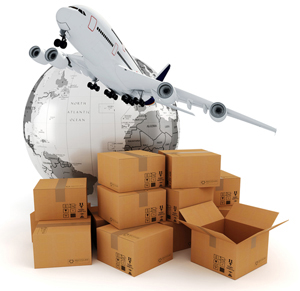Background

Today Mexico's foreign trade involves a high number of procedures, paperwork and people. There are approximately 30 stakeholders including government offices, exporters, importers, carriers and customs auxiliary function this represents 40 documents, 165 processes and 200 different data elements, many of which must be delivered several times.
If countries seek to reduce trade transaction costs and increase international competitiveness require modernization programs, customs reforms and trade facilitation.
It is essential that from the beginning the design and implementation of information technologies to support trade facilitation efforts adopted best practices and an approach to address this problem; this can be achieved with the establishment of a Ventanilla Unica where the trade-related information should be submitted only once in a single point of entry.
What is " Ventanilla Unica"?
In practical terms, the main objective of the "Ventanilla Única" is to facilitate and simplify information flows between businesses and government and provide significant benefits to all participants involved in cross-border trade. The "Ventanilla Única" is generally centrally managed by a legal entity, which allows authorities and government agencies to receive and access all the information. Additionally, the authorities and agencies must coordinate their controls. In some cases, the "Ventanilla Única" will provide the means for the fees, tariffs, taxes and quotas payments.
Privacy Policy
Mexican Digital Window for Foreign Trade
Privacy Policy and Personal Data Handling:
We would like to inform you that the personal data provided through your application forms, promotions, procedures, consults and payments, via electronic or printed media will be protected, incorporated and treated in the personal data system of the Digital Window, for which the main objective is to allow foreign trade agents to perform, in only one electronic entry point, all goods import, export and transit-related procedures. Based on their applicable provisions, which were registered on the personal data systems listed before the Federal Institute of Access to Information and Data Protection (www.ifai.org.mx) it could be transferred to the pertinent authorities described on the Decree that establishes the Mexican Digital Window for Foreign Trade published on the Federal Official Gazette on January 14, 2011, as well as to the owner of the information, besides the data transmissions provided on the applicable legal dispositions. The administration of such Digital Window corresponds to the Tax Administration Service. Through such window you will be able to modify or correct your personal data.
The above is informed in compliance to the Seventeenth Guideline of the Personal Data Protection Guidelines, published on the Federal Official Gazette on September 30th, 2005.
